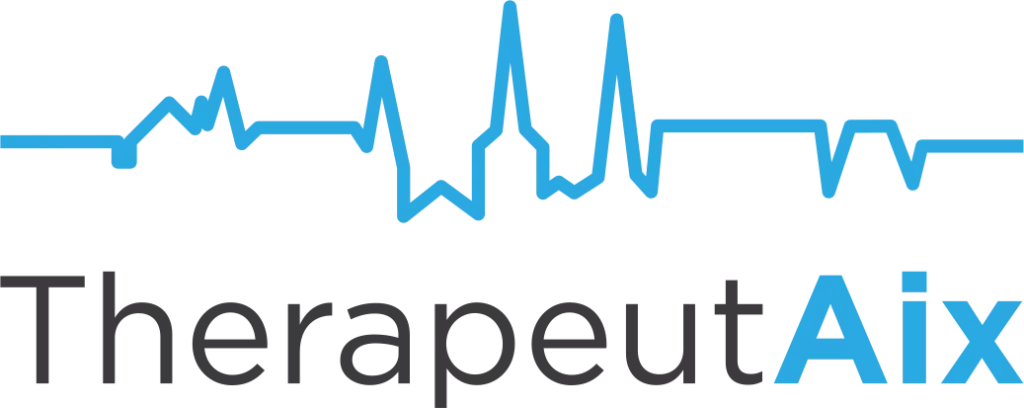When we reviewed the R&D landscape in nonalcoholic steatohepatitis (NASH) in 2018, we highlighted 4 development programs that were in Phase 3 development and all targeting pivotal data readout, and a potential launch, between 2019 and 2021. However, obeticholic acid, elafibranor, cenicriviroc, and selonsertib all turned out to not confirm their initial positive data in large Phase 3 studies, and all programs have been stopped as a consequence.
The now-approved resmetirom was a ‘second wave’ asset
In 2022, another set of 4 assets – resmetirom, lanifibranor, aramchol, and semaglutide – were in their final development studies. And earlier this month, resmetirom, a thyroid hormone receptor-beta agonist, has finally been approved by the FDA for the treatment of NASH, based on data showing NASH resolution (a reduction in NASH activity score, NAS, by ≥2 points) with no worsening of fibrosis, and an improvement in fibrosis by at least one stage with no worsening of NAS. This is the endpoint all of the earlier programs have been aiming for, and it’s great to see one compound being able to bring this benefit to patients.
Consequences for future drug development programs
What does this first approval mean for future drug development programs? It is clearly reassuring, and provides a lot of confidence, that one drug has been able to meet the endpoint required for approval. However, this also provides an efficacy and safety benchmark for any future drugs heading for the same patient population, and for sure discussions on inclusion of resmetirom as an active comparator in clinical studies will turn out to be difficult.
With the diversity of the pathophysiology in NASH, it is not likely that one drug will fit all patients. But a first approval can spur new research efforts in understanding patient subgroups, responders / nonresponders, and differentially regulated pathways, enabling more rationally designed programs for future drug candidates.

